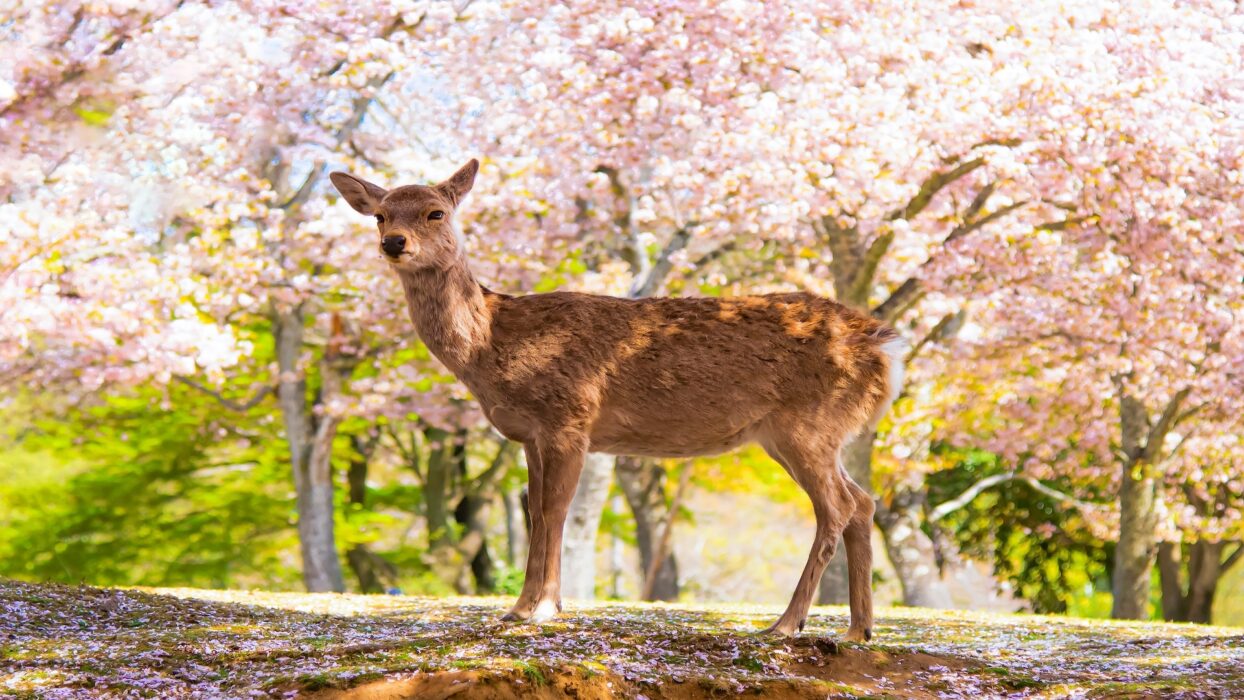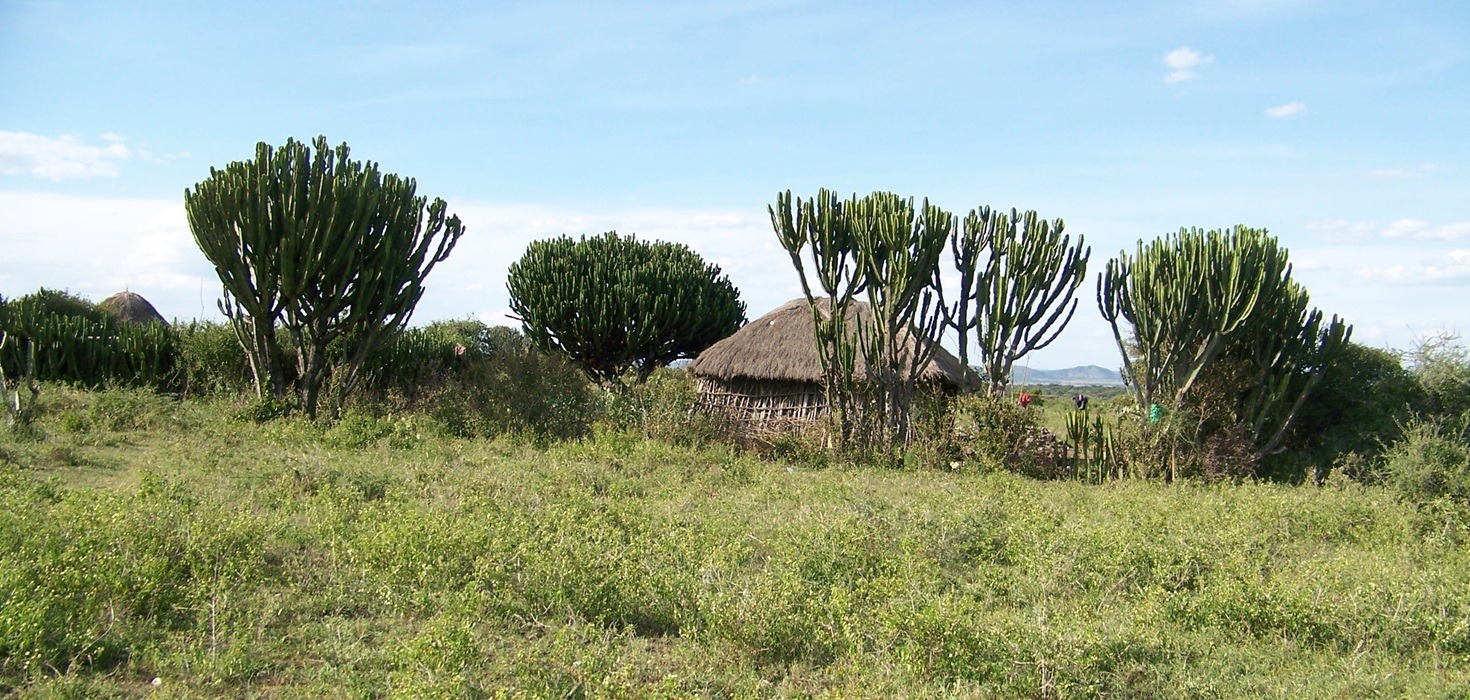Welcome to Nara: A Cultural Jewel of Japan
Nara, the ancient capital of Japan, is a treasure trove of history and culture just waiting to be explored. Nestled in the Kansai region, this charming city boasts an impressive array of historical sites, serene parks, and delightful wildlife. As a UNESCO World Heritage Site, Nara is home to some of Japan’s most significant temples and shrines, making it a must-visit for anyone interested in the rich tapestry of Japanese heritage.
Among the countless attractions that Nara has to offer, the Todaiji Temple stands out as a true marvel. This iconic temple, known for its stunning architecture and cultural significance, is not just a place of worship but a symbol of Japan’s spiritual and artistic legacy. Whether you’re a history buff, a photography enthusiast, or simply looking to soak in the beauty of ancient Japan, a visit to Todaiji is sure to be a highlight of your day.
Discovering Todaiji Temple: A Historical Marvel
As you approach Todaiji Temple, you can’t help but be awed by its grand entrance, the Nandaimon Gate, flanked by fierce guardian statues. The temple itself is an architectural wonder, showcasing the brilliance of ancient Japanese craftsmanship. Built in the 8th century, Todaiji’s main hall, known as the Daibutsuden or Great Buddha Hall, is the largest wooden structure in the world. Standing at an impressive 49 meters tall, it houses the Great Buddha, or Daibutsu, a stunning bronze statue that captures the essence of Buddhist art and spirituality.
The history of Todaiji is as rich as its architecture. Originally constructed as a symbol of the power of the imperial family, it has served as a center of Buddhist learning and practice for centuries. Today, it remains a vital part of Japan’s cultural landscape, drawing visitors from all corners of the globe eager to experience its beauty and significance. The intricate details of the temple’s architecture, from the ornate carvings to the massive wooden beams, tell stories of devotion and artistry that are simply breathtaking.
For those interested in the spiritual aspect, the Great Buddha is not just a statue; it represents peace and enlightenment. Standing before it, you can’t help but feel a sense of calm wash over you, making it a perfect spot for reflection and contemplation. The temple grounds are equally enchanting, with serene gardens and pathways that invite you to explore further.
Exploring Nara Park: Nature and Wildlife Encounters
Just a stone’s throw from Todaiji Temple lies the expansive Nara Park, a lush haven where nature and culture intertwine. One of the park’s most enchanting features is the free-roaming deer that call it home. These gentle creatures are considered messengers of the gods in Shinto belief and have become a beloved symbol of Nara. As you stroll through the park, you’ll likely encounter these friendly deer, eager to interact with visitors. Just remember, they love to nibble on the special deer crackers sold throughout the park, so be sure to grab a pack!
Interacting with the deer is an experience unlike any other. They are surprisingly sociable and will approach you with a curious gaze, making for some fantastic photo opportunities. Just be mindful of their boundaries; a gentle approach goes a long way. The park itself is a beautiful spot for a leisurely walk, with picturesque paths lined with cherry blossoms in spring and vibrant foliage in autumn, creating a stunning backdrop for your Nara sightseeing adventures.
For those looking to capture the perfect shot, head to the park’s scenic viewpoints, where you can snap pictures of the deer against the backdrop of Todaiji Temple and the surrounding hills. The combination of nature and history makes Nara Park a delightful escape for families, couples, and solo travelers alike.
Hidden Gems Beyond Todaiji Temple: Uncovering Nara’s Lesser-Known Attractions
While Todaiji Temple and Nara Park are undoubtedly the stars of the show, Nara is brimming with hidden gems that deserve your attention. Venture off the beaten path to discover the lesser-known temples, shrines, and cultural sites that offer a glimpse into the city’s rich heritage. One such gem is the Hōryū-ji Temple, known for its stunning wooden architecture and serene atmosphere. This temple is one of the oldest in Japan and is a UNESCO World Heritage Site, making it a must-see for history enthusiasts.
Another hidden treasure is the Isuien Garden, a tranquil oasis that beautifully combines traditional Japanese landscaping with the backdrop of ancient temples. Wander through its meticulously maintained paths, where you can enjoy seasonal flowers and picturesque views of the surrounding hills. It’s the perfect spot for a peaceful respite after a day of sightseeing.
For those interested in local crafts, the Naramachi district offers a unique shopping experience. This well-preserved area features traditional wooden townhouses and shops selling local crafts, including the famous Nara brushes and kakinoha-zushi (persimmon leaf sushi). Exploring Naramachi is like stepping back in time, with its charming streets and authentic atmosphere.
A Culinary Adventure: Tasting Nara’s Local Cuisine
No trip to Nara would be complete without indulging in its culinary delights! The city is famous for its unique dishes that reflect its rich cultural heritage. One must-try dish is kakinoha-zushi, a delicious sushi wrapped in persimmon leaves. This traditional delicacy is not only a feast for the taste buds but also a visual treat, making it a perfect addition to your Nara food journey.
Another local favorite is narazuke, a pickled vegetable dish that showcases the region’s agricultural bounty. You can find various versions of narazuke at local markets and eateries, each with its own unique flavor profile. Pair your meal with a glass of Nara sake, brewed using the pure waters of the region, for a truly authentic experience.
For a delightful dining experience, head to one of Nara’s traditional ryokans, where you can savor multi-course kaiseki meals featuring seasonal ingredients. These establishments often provide a warm, inviting atmosphere that enhances your culinary adventure.
Seasonal Festivals and Events: Celebrating Nara’s Rich Culture
Nara’s cultural calendar is packed with vibrant festivals that bring the city’s history and traditions to life. One of the most enchanting events is the Nara Tōkae Festival, held in August. During this magical event, thousands of lanterns light up Nara Park, creating a dreamlike atmosphere that captivates visitors. Stroll through the park and enjoy the soft glow of the lanterns while participating in traditional performances and local food stalls.
The Nara Deer Festival is another highlight, celebrating the beloved deer that roam freely in Nara Park. This festival features various activities, including deer feeding and special ceremonies that honor these sacred creatures. It’s a delightful way to immerse yourself in the local culture while enjoying the company of Nara’s friendly deer.
Mark your calendars! These festivals are not to be missed, as they provide a unique opportunity to engage with local traditions and meet fellow travelers. Check local listings for dates and details to make the most of your visit.
Practical Information for Travelers: Tips for Visiting Nara
Planning a trip to Nara? Here’s everything you need to know to make your visit smooth and enjoyable! First off, Todaiji Temple hours typically run from 7:30 AM to 5:30 PM, but be sure to check for seasonal changes. The entrance fee for the Great Buddha Hall is around 600 yen, which is a small price to pay for such a breathtaking experience.
When is the best time to visit Nara? Spring, with its cherry blossoms, is a popular choice, but autumn’s vibrant foliage is equally stunning. For a quieter experience, consider visiting during the weekdays or in the off-peak season.
Getting around Nara is a breeze! The city is compact and walkable, and public transportation options, including buses and trains, make it easy to reach attractions. Don’t forget to wear comfortable shoes, as you’ll want to explore every corner of this charming city!
Outdoor Activities and Scenic Trails: Embracing Nara’s Natural Beauty
For those who love the great outdoors, Nara offers a plethora of scenic trails and activities that showcase its stunning natural beauty. Start your adventure at Nara Park, where you can enjoy leisurely walks among the deer and take in the picturesque surroundings. The park has several well-marked trails that lead to breathtaking viewpoints, perfect for capturing those Instagram-worthy shots!
If you’re up for a bit more exploration, hike up to Mount Wakakusa, where you’ll be rewarded with panoramic views of the city and surrounding landscape. The trail is gentle enough for families and offers a great opportunity to experience Nara’s natural environment up close.
Don’t forget to pack a picnic! There are plenty of lovely spots in the park where you can relax and enjoy a meal while soaking in the serene atmosphere. Whether you’re traveling solo or with family, Nara’s outdoor activities are sure to create lasting memories.
Transportation Tips: Getting to and Around Nara
Getting to Nara is easy, with several transportation options available. If you’re traveling from Kyoto or Osaka, the Kintetsu Nara Line offers a direct train service that takes about 40 minutes. Alternatively, you can take the JR Yamatoji Line from Osaka, which is also a convenient option.
Once you arrive in Nara, getting around is simple. The city is pedestrian-friendly, and most attractions are within walking distance of each other. For longer distances, local buses are available, and you can purchase a bus pass for unlimited rides throughout the day.
Consider renting a bike for the day! Nara has several bike rental shops, allowing you to explore at your own pace while enjoying the fresh air and beautiful scenery.
Safety and Health Guidelines: Ensuring a Comfortable Visit
Your health and safety are paramount while traveling. Nara is generally a safe city, but it’s always wise to take standard precautions. Be mindful of your belongings, especially in crowded areas, and familiarize yourself with local emergency numbers.
As for health guidelines, make sure to stay updated on any COVID-19 protocols in place during your visit. Most attractions and restaurants maintain cleanliness and safety measures to ensure a comfortable experience for all visitors.
Commonly Asked Questions (FAQs): Nara Travel Insights
Curious about visiting Nara? Here are some frequently asked questions to help you prepare:
What is the best time to visit Nara?
Spring (March to May) for cherry blossoms and autumn (September to November) for colorful foliage are ideal times to visit.
What should I wear when visiting temples?
Dress modestly and comfortably. It’s respectful to wear clothing that covers your shoulders and knees when visiting temples.
Can I take photos inside Todaiji Temple?
Yes, photography is allowed in most areas, but be respectful of the spiritual atmosphere and avoid using flash.
Fun Facts About Nara: Trivia to Enhance Your Visit
Did you know that Nara was Japan’s first permanent capital? Established in 710, it laid the foundation for the country’s cultural and political landscape. Another fun fact is that the deer in Nara Park are considered sacred messengers of the gods in Shinto belief. Treat them kindly, and you might find yourself making a new furry friend!
Also, don’t miss the chance to see the Great Buddha’s thumb—it’s said that if you can fit your thumb in the hole of the statue, you’ll be blessed with good luck!
Detailed Day-by-Day Itinerary: A Perfect Nara Experience
Ready to make the most of your time in Nara? Here’s a suggested itinerary to help you explore the highlights:
- Day 1: Start your day at Todaiji Temple, then head to Nara Park for a leisurely stroll and deer encounters. In the afternoon, visit Isuien Garden and enjoy a traditional tea ceremony.
- Day 2: Explore the Naramachi district for local crafts and souvenirs. In the afternoon, hike Mount Wakakusa for stunning views, and finish your day with a delicious dinner featuring kakinoha-zushi.
- Day 3: Experience the Nara Tōkae Festival (if visiting in August) or visit Hōryū-ji Temple. Wrap up your trip with a relaxing day at a local onsen (hot spring).
This itinerary balances cultural sites, culinary experiences, and outdoor adventures, ensuring a well-rounded Nara experience for all types of travelers.
Sustainability and Conservation Focus: Responsible Travel in Nara
As you explore Nara’s beauty, consider the impact of your visit on the environment. Practice responsible tourism by minimizing waste, respecting wildlife, and supporting local businesses. Participate in conservation efforts by choosing eco-friendly activities and being mindful of your surroundings.
Nara is home to various conservation initiatives aimed at protecting its natural and cultural heritage. By supporting local artisans and dining at traditional eateries, you contribute to the preservation of Nara’s unique culture.
Enjoy your adventure in Nara, where every corner reveals a piece of history, culture, and natural beauty waiting to be discovered!










